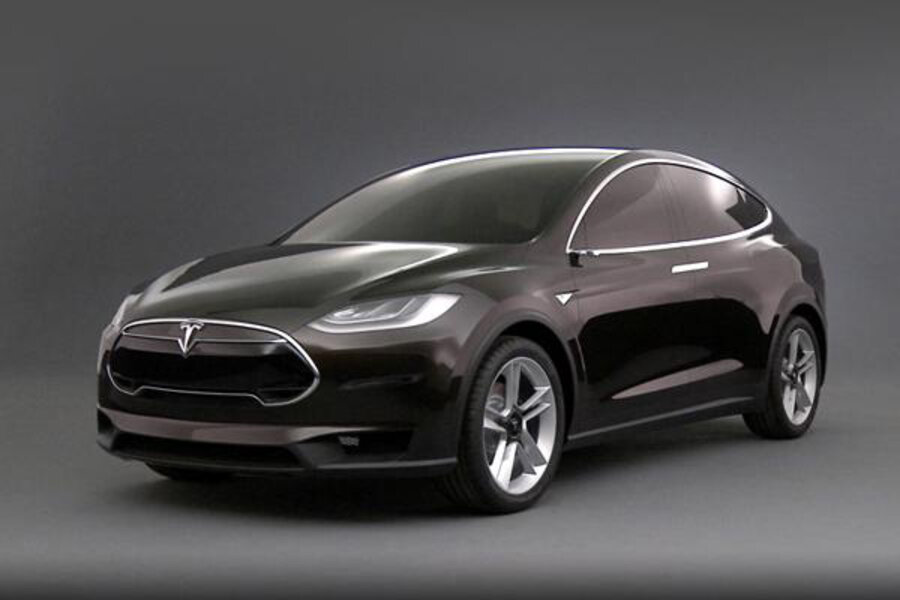Will cameras replace rearview mirrors on cars?
Loading...
In February 2008, Congress passed the Cameron Gulbransen Kids Transportation Safety Act, which was intended to make cars safer for kids.
Among other things, the new law required rearview cameras to be installed on all U.S. passenger vehicles, and it charged the National Highway Traffic Safety Administration with setting technical guidelines for those cameras and a timeline for their rollout. NHTSA was supposed to complete those tasks by 2011.
Three years behind schedule, 2011 is finally here: NHTSA has announced final specs and guidelines for rearview cameras, and by May 2018, the devices will be required on all vehicles weighing less than 10,000 pounds.
Consumer safety groups should be especially happy, because the new cameras could prevent hundreds of accidental deaths and thousands of injuries each year -- especially among children and the elderly. Per NHTSA: "On average, there are 210 fatalities and 15,000 injuries per year caused by backover crashes. NHTSA has found that children under 5 years old account for 31 percent of backover fatalities each year, and adults 70 years of age and older account for 26 percent."
The other group that's happy about the ruling? Automakers. Many already include rearview cameras on higher-end models, and now, they'll have standards to rely on when designing them.
But more importantly, rearview cameras give automakers leverage to push for something that many have wanted for some time: the end of sideview mirrors.
If you've ever seen a concept car, chances are, it's had slim, completely impractical sideview mirrors. That's because most designers hate them. They're oddly shaped protuberances that gunk up otherwise sleek designs and increase drag, draining fuel economy. The folks at Tesla hate them so much, they haven't even bothered to include sideviews on the company's new Model X (see above).
Now that cameras have essentially supplanted rearview mirrors, some car companies are hoping that NHTSA will take the next step and toss both rearview and sideview mirrors in the dustbin of design history. Yesterday, the Alliance of Automobile Manufacturers, which represents a range of foreign and domestic automakers, issued the following statement in response to NHTSA's decision:
"Today, the Alliance is petitioning NHTSA to allow automakers to use cameras as an option to the conventional side-view and rearview mirrors. Today’s mirrors provide a robust and simple means to view the surrounding areas of a vehicle. Cameras will open opportunities for additional design flexibility and innovation. This idea has been in development since the 1990s, when the U.S. Department of Energy partnered with automakers to produce an energy-efficient concept car with cameras instead of side-view mirrors."
How will NHTSA respond? If the agency's work on rearview cameras is any indication, we'll know know in about six years.
For more on this story, check out our colleagues at Motor Authority.
___________________________________________







